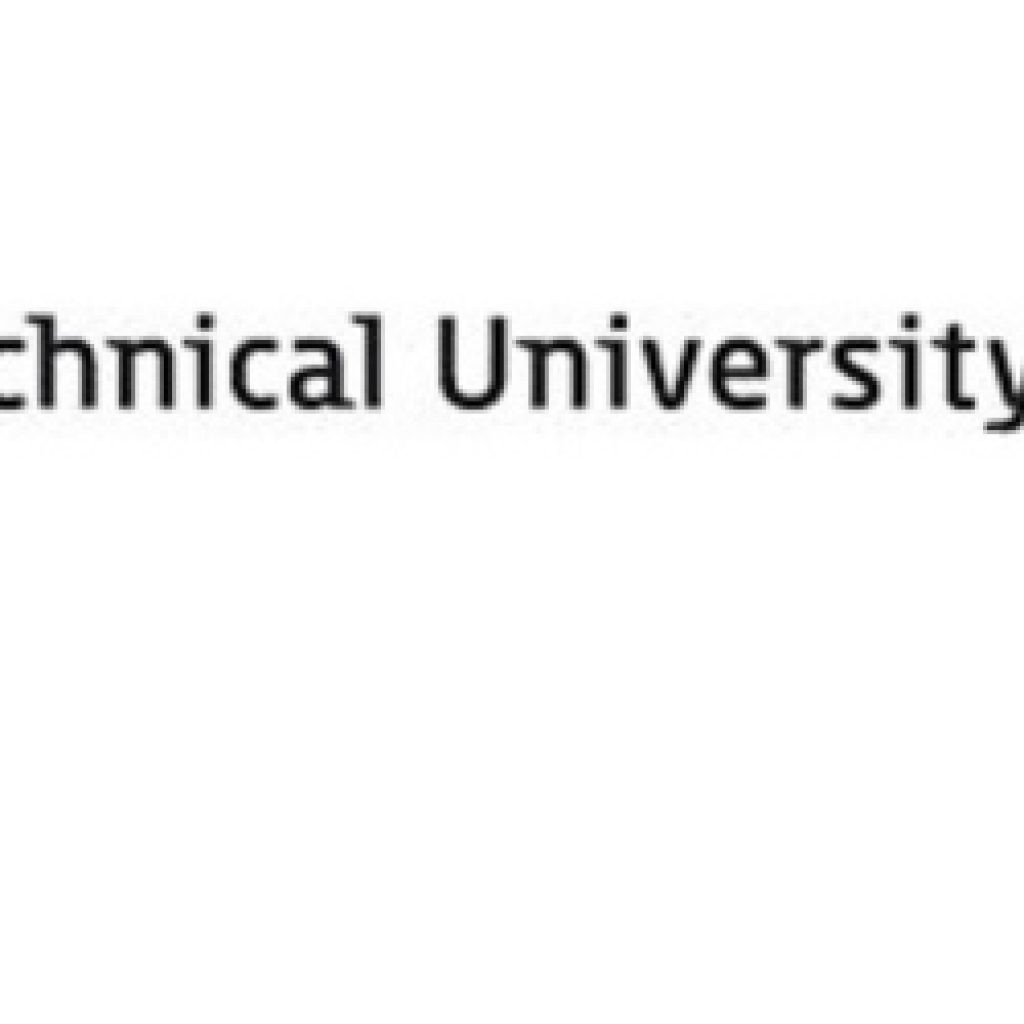(HPC.Wire) Researchers from DTU have now realized the complete platform for an optical quantum computer. The platform is universal and scalable, it all takes place at room temperature, and the technology is directly compatible with standard fibre optic networks. This puts DTU right at the forefront of the development.
Optical quantum computers have long been overshadowed by superconducting technologies that have been accelerated by huge development programmes run at tech giants like IBM and Google. The situation is now changing, one reason being a string of pioneering projects performed by researchers at the basic research centre bigQ at DTU Physics.
In fact, the researchers at DTU are not limiting themselves to simply developing individual components for an optical quantum computer or just a quantum simulator. They are working determinedly on developing a universal measurement-based optical quantum computer.
Although the type of quantum computer that the DTU researchers are developing is conceptually very different from a normal computer, there are also similarities. There are some basic logical devices (qubits) that carry the information, and there are gates that perform operations on one or more qubits, thus implementing an algorithm.
“Our demonstration of a universal set of gates is absolutely crucial. It means that any arbitrary algorithm can be realized on our platform given the right inputs, namely optical qubits. The computer is fully programmable,” says Mikkel Vilsbøll Larsen, who has been the main driving force behind the work and who recently completed his PhD studies at DTU.
Senior Researcher Jonas S. Neergaard-Nielsen, who is one of the mainstays of the work explained,“Theoretically, there’s no difference between whether a quantum computer is based on superconducting or optical qubits. But there’s a decisive practical difference. Superconducting quantum computers are limited to the number of qubits fabricated on the specific processor chip. In our system, we’re constantly creating new ones and entangling them quantum mechanically with those we are performing calculations on. This means that our platform is easily scalable.”
Technical University of Denmark Researchers Tighten Grip on Optical Quantum Computer
